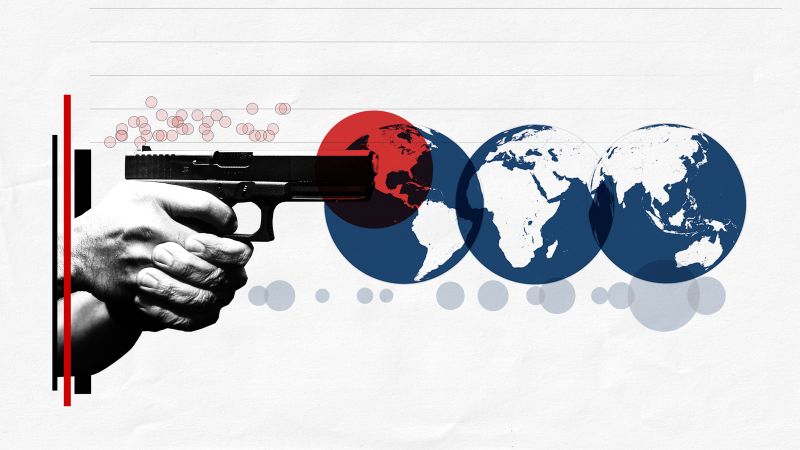The United States has long been known for its unique gun culture. From Hollywood movies and television shows to news headlines and heated political debates, the issue of firearms and gun ownership in the U.S. is a topic that often garners attention and elicits strong opinions. But how does the U.S. gun culture stack up with the rest of the world? Let’s take a closer look.
In comparison to other developed countries, the United States stands out for its significantly higher rates of gun ownership. According to the Small Arms Survey, there are approximately 393 million civilian-owned firearms in the United States, which accounts for nearly half of the estimated 857 million civilian-owned firearms worldwide. This means that there is more than one firearm per capita in the United States, compared to other countries where gun ownership is relatively lower.
The historical context plays a vital role in shaping the U.S. gun culture. The right to bear arms is enshrined in the Second Amendment of the United States Constitution, which was adopted in 1791. The amendment, stemming from a time when the country was still relatively new and surrounded by uncertainties, has been interpreted by many Americans as a fundamental freedom and a means of self-defense. This interpretation has had a profound influence on the nation’s attitude towards firearms.
Additionally, the American frontier spirit, shaped by the country’s westward expansion and pioneer mentality, has further solidified the gun culture. Guns were essential tools for survival and protection in the wild and rugged territories, and this ethos has been perpetuated through generations.
Opponents of the prevailing gun culture argue that the easy availability of firearms in the United States has contributed to a higher rate of gun-related violence and mass shootings. International comparisons indicate that while the U.S. experiences a higher rate of firearm homicides compared to other developed countries, it is important to note that correlation does not necessarily mean causation. The complex factors underlying crime and violence are multifaceted and cannot be solely attributed to gun ownership.
Understanding the U.S. gun culture also involves recognizing the wide diversity of attitudes towards firearms within the country. While some Americans view guns primarily as a tool for self-defense and personal liberty, others advocate for stricter gun control laws to reduce shootings and enhance public safety. This divisive issue remains a subject of ongoing debate and policy struggle.
When examining the U.S. gun culture in relation to the rest of the world, it is crucial to approach the topic with an open mind and a willingness to understand the nuanced perspectives surrounding firearms. While the United States stands out for its high levels of gun ownership and the constitutional right to bear arms, an exploration of the historical, cultural, and social factors that have shaped this culture provides a more holistic understanding of the issue.
In conclusion, the United States undoubtedly maintains a unique and deeply ingrained gun culture. The nation’s historical context, constitutional provisions, and frontier spirit have all played influential roles in shaping Americans’ attitudes towards firearms. The ongoing debate surrounding gun control and the consequences of widespread gun ownership highlight the diverse perspectives within the U.S. gun culture. By acknowledging these complexities, we can better understand and engage in constructive dialogue on this highly contentious issue.


